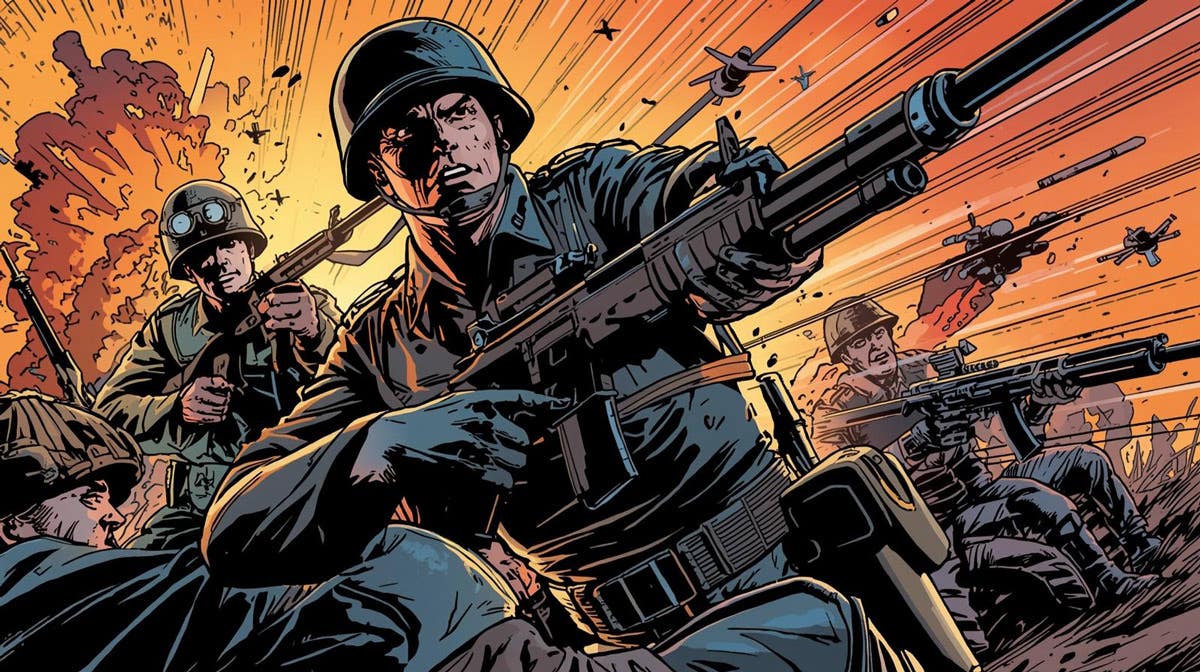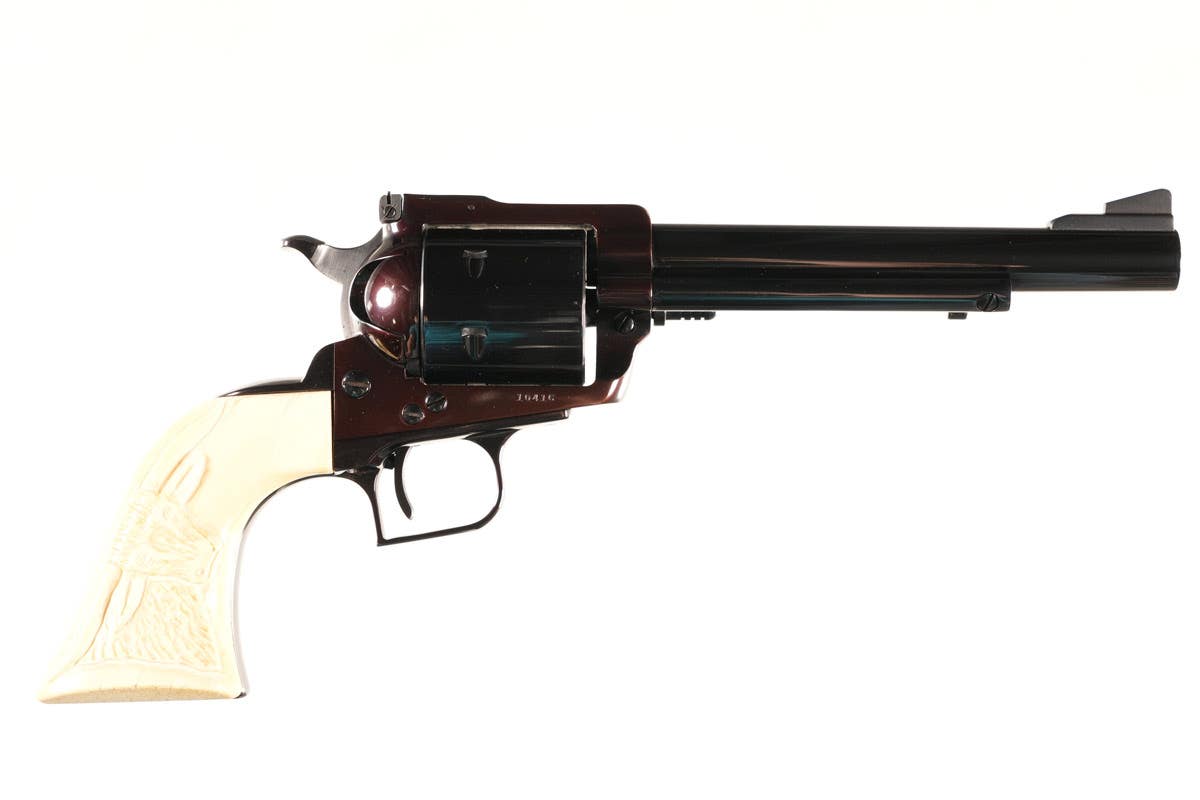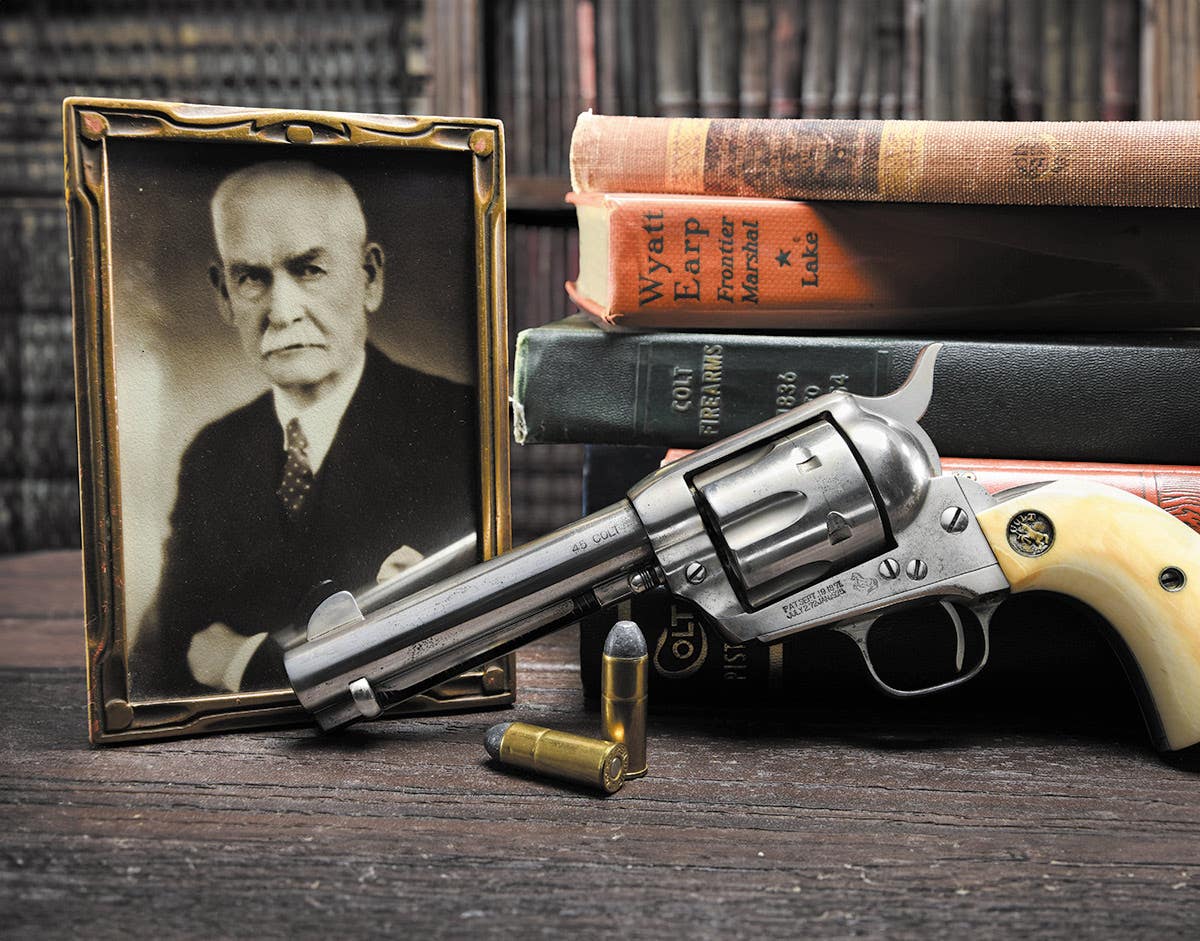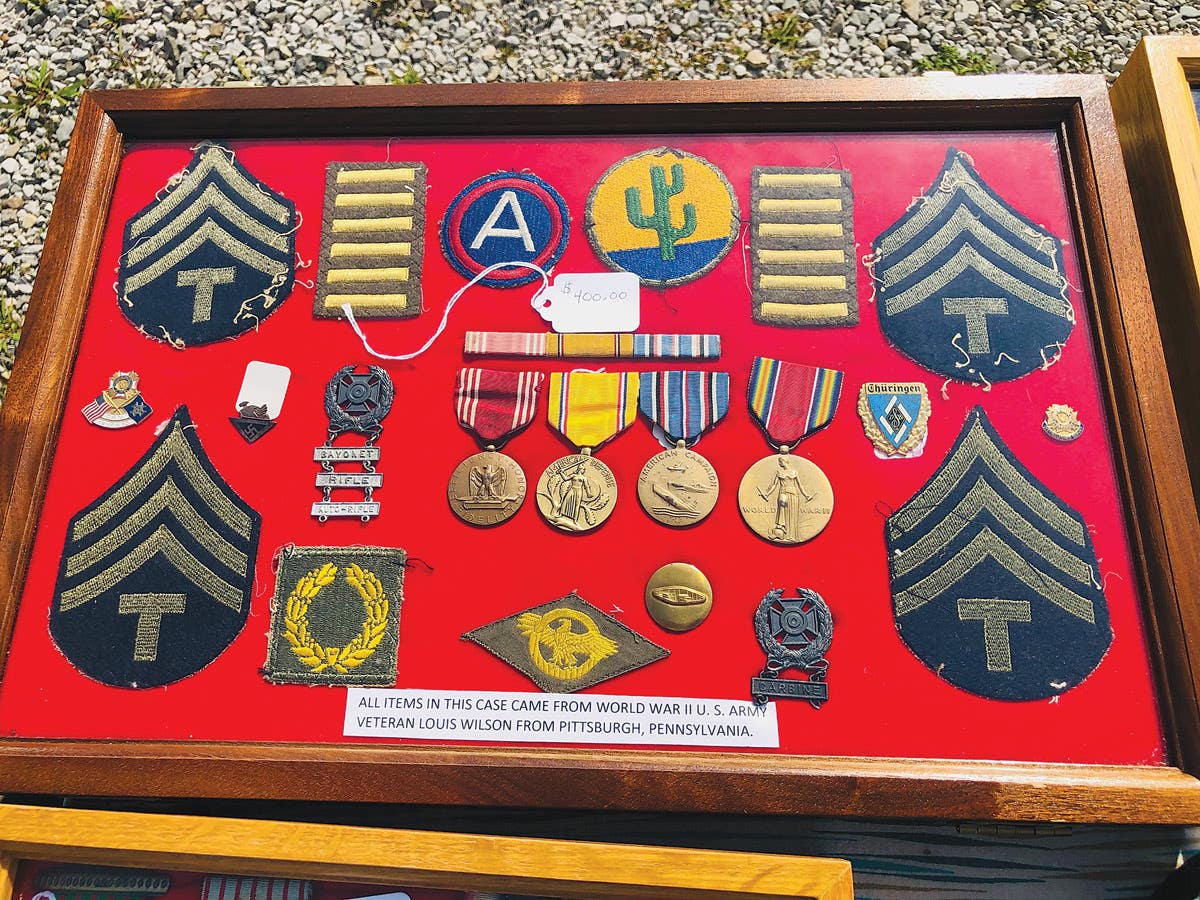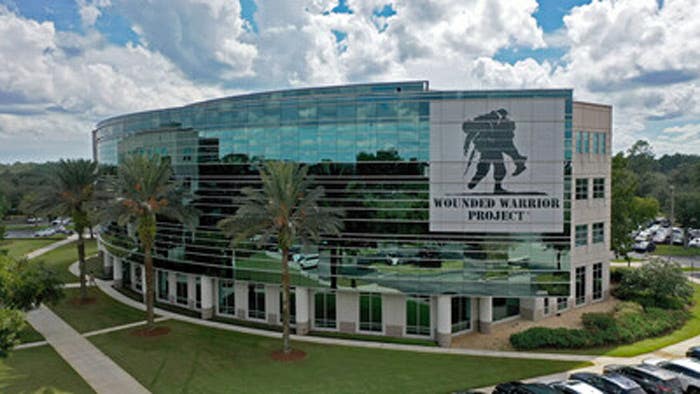D-Day on the Big Screen
How the Normandy invasion has been depicted in Hollywood
This year marks the 79th anniversary of the D-Day invasion that began the liberation of Western Europe.
The Normandy landings on June 6, 1944, have been the subject of numerous films, as well as highly acclaimed mini-series. Yet for all the attempts, there are only a few that really measured up. Here is a quick round-up of the movies and shows to catch, and those that could be skipped this year.
D-Day the Sixth of June (1956)
Made just 12 years after the actual invasion, this was the first cinematic account of the D-Day invasion, but it is far from the best or even the grandest. In fact, while it has D-Day in the name, it is really more of a love story than a war film. It isn’t helped by the fact that D-Day the Sixth of June was filmed nowhere near Normandy Beach; the movie makers instead used Long Beach, Calif., as a not exactly fitting stand-in. The landing sequences were filmed at Point Dume with only a few dozen extras and just two LCVP “Higgins Boats” being used in the actual D-Day sequences. The uniforms and equipment are also lacking, and the effects aren’t all that special.
Action: There is more drama than action, so if you’re looking for the invasion heroes, they’re not really here.
Weapons and accuracy: The typical small arms of D-Day are seen in a few sequences, but a small re-enactment will offer more equipment to take in.
Verdict: The Allies might win the day, but any viewers looking for a rousing D-Day story are the biggest losers!
Screaming Eagles (1956)
When you think of paratroopers and D-Day, chances are you’re likely thinking of Band of Brothers. This 1956 film has some similarities to it, as both highlight the role of the 101st Airborne Division on June 6, 1944, and both feature a cast of up-and-coming actors. For a film made on a tight budget, it does a decent job of telling the story, but by today’s standards, it misses the landing zone.
Action: This film offers a few good combat sequences, but much of the action comes off as cheesy by today’s standards.
Weapons and accuracy: The equipment and other details are good, but here is another film where modern re-enactments seem more accurate than this one.
Verdict: Worth jumping into, but only because it runs a tight 79 minutes! You can watch this and then check out Band of Brothers.
The Longest Day (1962)
Wives and girlfriends may joke that this is “The Longest Movie,” but it is still among the absolute best retellings of D-Day to date. Based on the book of the same name by Cornelius Ryan, it featured an all-star cast that included John Wayne, Henry Fonda, George Segal, Robert Wagner, Robert Mitchum, Richard Burton, and Sean Connery. What makes this film so compelling is that it is an epic that doesn’t try to focus on any particular segment in depth, but instead just highlights the role that so many played in the single 24-hour period.
The Longest Day also shows many facets of the invasion, from the airborne drops, to the landings on the beaches, to a stunning assault by French Commandos that runs more than a minute and a half and was filmed in a single take. This is the film that set the bar for all to follow.
Action: There is a good mix of drama and combat in this film.
Weapons and accuracy: Hits all the right notes. If there is a complaint, it is that many of the actors (a few who were WWII veterans) are a bit too old, but nearly all the weapons are spot on.
Verdict: At 178 minutes it is actually shorter than today’s superhero movies and so much better. The men in this film might not have superpowers but they’re real heroes! This is a must-watch every June 6.
The Americanization of Emily (1964)
Another love story that often gets lumped into “D-Day” movies. The plot involves a U.S. admiral ensuring that “The first dead man on Omaha Beach must be a sailor” and as a dark comedy-drama it does work. This is actually a very good film that holds up nearly 60 years later and one that wives/girlfriends are likely to enjoy, but as a D-Day story, it comes up short. It wasn’t the first film about Omaha Beach and certainly isn’t the best one to honor those who served.
Action: Not much.
Weapons and accuracy: There are few notable scenes with firearms and the story isn’t exactly accurate, so expecting it to be so will leave you disappointed.
Verdict: If you just want to see Julie Andrews in a film with Nazis, stick to the Sound of Music, but all in all this is a good film. It just is not really a “D-Day movie.”
Hell in Normandy (1968)
A French-Italian co-production about Americans and
Germans. If that doesn’t say enough to dissuade you,
nothing else will!
Action: Another film that has action sequences less compelling than a re-enactment today.
Weapons and accuracy: It isn’t good unless you like to nitpick a WWII film to death!
Verdict: Even at just 90 minutes, this one feels like the “Longest Movie about D-Day”, and not in a good way.
Overlord (1975)
While a powerful story, this might not be everyone’s cup of tea. Overlord tells the story a British soldier who has a premonition of death on the beaches. It focuses on his training, a brief love affair, and the British landings on Sword Beach. The movie poster pretty much sums up the ending, but it remains a powerful film of sacrifice.
Action: There isn’t much, but you don’t watch this one for the action sequences.
Weapons and accuracy: It is very good in terms of the right equipment, weapons, and even vehicles. All this makes this one worth checking out. It is a history buffs’ film more than an action fans’ film.
Verdict: Imagine if writer/director Stuart Cooper made Saving Private Ryan – the ending might have been a lot worse!
The Big Red One (1980)
This film, which was written and directed by World War II veteran Samuel Fuller, really bites off more than it can chew. It includes not only the D-Day landing — which is the high point of the film — but also tries to offer the whole history of the 1st Infantry Division (the Big Red One) throughout World War II. Had this been the subject of a mini-series such as Band of Brothers, it could have been an amazing journey with the unit.
Instead, it is lackluster at best with only a few standout moments. Lee Marvin was actually much better in the less serious The Dirty Dozen.
Action: This is a typical early 1980s film that provides some good action sequences, but some are downright terrible — the firefight in a mental institution is in a word… stupid!
Weapons and accuracy: The film is surprisingly good in terms of the equipment and small arms. In addition to the correct U.S. weapons, in scenes with the Vichy French, and British the weapons are also quite accurate. The uniforms aren’t bad either. Visually this film is good, which makes the story and pacing seem all the worse.
Verdict: Film critic Roger Ebert called it one of the most expensive “B-pictures” ever made and that’s a spot-on description. The 1st Infantry Division deserves to have its story told, but this one doesn’t do it justice.
Saving Private Ryan (1998)
Upon setting out to make this film, Steven Spielberg said he didn’t want it to be his father’s World War II film. In some ways it most certainly isn’t — it features a gritty realism and in terms of equipment, uniforms, and small arms even the smallest detail was near perfect. Here is where Spielberg is spot on. Saving Private Ryan has a level of authenticity not seen in other war films.
Yet, from a storytelling point of view, this one is a bit clichéd, and apart from the language and graphic violence it has all the “beats” or plot points of a 1960s WWII film. It starts with an epic battle sequence that brings the D-Day landings to life like no other film. It then features a couple of the supporting heroes each dying a meaningful death before ending with a personal but intense battle in a French village. It also tied up with a modern-day sequence featuring an elderly Ryan — which would have been original unless you saw Titanic just a year earlier!
Action: As noted, it starts with a battle, has a few good action sequences along the way, and wraps up with a truly rousing firefight in a destroyed town. Forget those superhero movies if you want action and check this one out again!
Weapons and accuracy: The uniforms, equipment, and settings are fantastic.
Verdict: Saving Private Ryan is as close as you can get to the perfect WWII film, but instead of breaking any rules Spielberg followed them to the letter. This is a film that can be watched countless times and still be as impactful as the first time. Pass the popcorn.
Band of Brothers (2001)
The HBO mini-series is simply as good as a World War II story can get. Instead of rushing through the story, as noted by the failure that is The Big Red One, this 10-part series took the time to focus on character development and highlighted key moments in the conflict. As with Saving Private Ryan, this one upped the ante on what viewers should expect when it came to uniforms, equipment, and small arms.
Part of the success of this series is that it is based on the book by noted World War II author Stephen Ambrose, and thus didn’t try to create an original tale to fit with a unit’s timeline. This is the real story and is summed by the words of the real Dick Winters, who when asked by his grandson if he was a hero, responded, “No, I’m not a hero, but I have served in a company full of them.”
Action: Not every episode was filled with firefights, but even so there is plenty of action, but also good story building along the way.
Weapons and accuracy: If Saving Private Ryan raised the bar, this one took it even higher. The weapons are spot on, the uniforms near perfect, and the other details truly as good as it can get.
Verdict: Set aside some time on June 6 to watch the first two episodes, but plan on watching the whole series!
My Way (2011)
While it is an odd title for a WWII film and says almost nothing about the story, it is based on the fantastic life of a Korean soldier who was conscripted into the Japanese Imperial Army, captured by the Soviets, and forced to join the Red Army and finally again forced into the German Wehrmacht. While heavily fictionalized, with the addition of a Japanese rival and later friend for the Korean, the story is one that highlights the will to survive in wartime.
Action: The South Korean film offers a unique view of combat between the Japanese and Soviet forces, between the Soviet Red Army and Germans, and a brief D-Day invasion sequence.
Weapons and accuracy: The story may seem fantastical, but this one includes a diverse mix of WWII-era small arms, with only a few notable errors (incorrect M1 Carbines are seen). The filmmakers managed to get the details correct for many of the uniforms, no small feat considering that this one includes Japanese, Soviet, German, and American soldiers. That’s impressive!
Verdict: A top-notch good film. D-Day only plays a small part in a much larger story, but this one is well worth checking out.
Bonus Viewing:
A few other films are worth watching to get the full D-Day experience:
Eye of the Needle (1981)
More of a spy drama than a war film, this film stars Donald Sutherland as a German spy who discovers critical information about the planned Allied invasion. He escapes British Intelligence by heading to a remote island, occupied only a disabled RAF flyer, his wife, son, and a local shepherd. Based on a novel by Ken Follett, noted writer of historical fiction, this one is a nail-biter to the bitter end.
Ike: Countdown to D-Day (2004)
This made-for-TV movie, which originally aired on A&E, was actually filmed entirely in New Zealand — yet manages to look like the UK during WWII. It highlights the build-up to D-Day, focusing on how General Dwight D. Eisenhower had to deal with the various “personalities” of his command, including Generals Bradley, Patton, Montgomery, and de Gaulle, and the inner workers of the Supreme Headquarters Allied Expeditionary Force. The film ends where the aforementioned others pick up.
Churchill (2017)
It could be said that a generation ago it was the goal of all great British actors to play either Henry V or Richard III. Today, it is Winston Churchill that every actor wants to portray. In this one Brian Cox steps into the striped black suit and bowler hat and offers a convincing performance as the wartime Prime Minister. This film centers on Churchill’s take on the upcoming Normandy landings. While Cox is good in the role, it is quickly apparent that Gary Oldman was far better in the vastly superior Darkest Hour.
Peter Suciu is a freelance journalist and when he isn't writing about militaria you can find him covering topics such as cybersecurity, social media and streaming TV services for Forbes, TechNewsWorld and ClearanceJobs. He is the author of several books on military hats and helmets including the 2019 title, A Gallery of Military Headdress. Email him and he'd happily sell you a copy!



